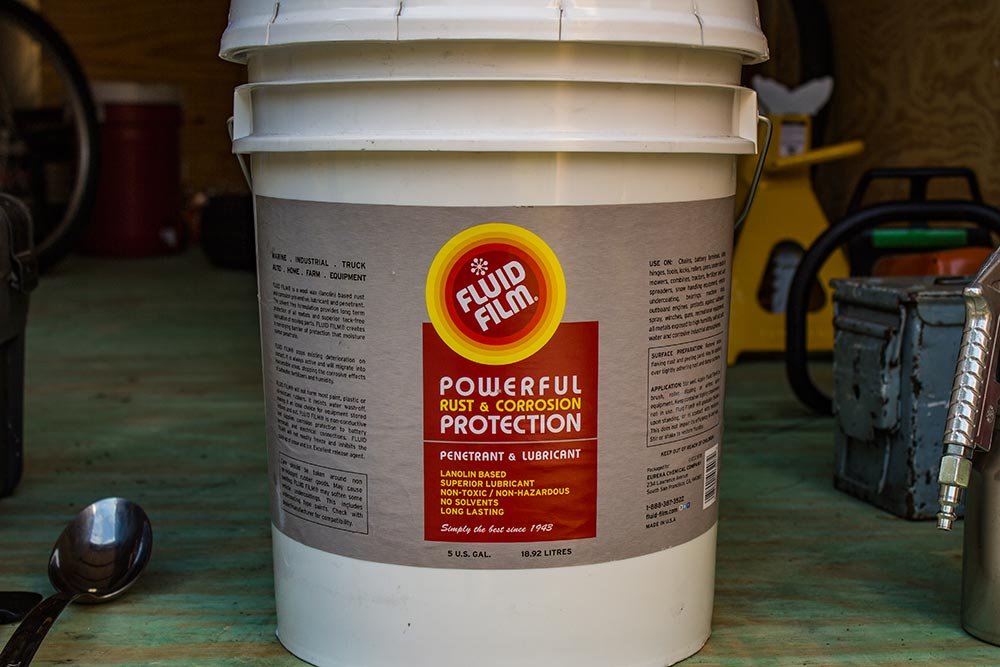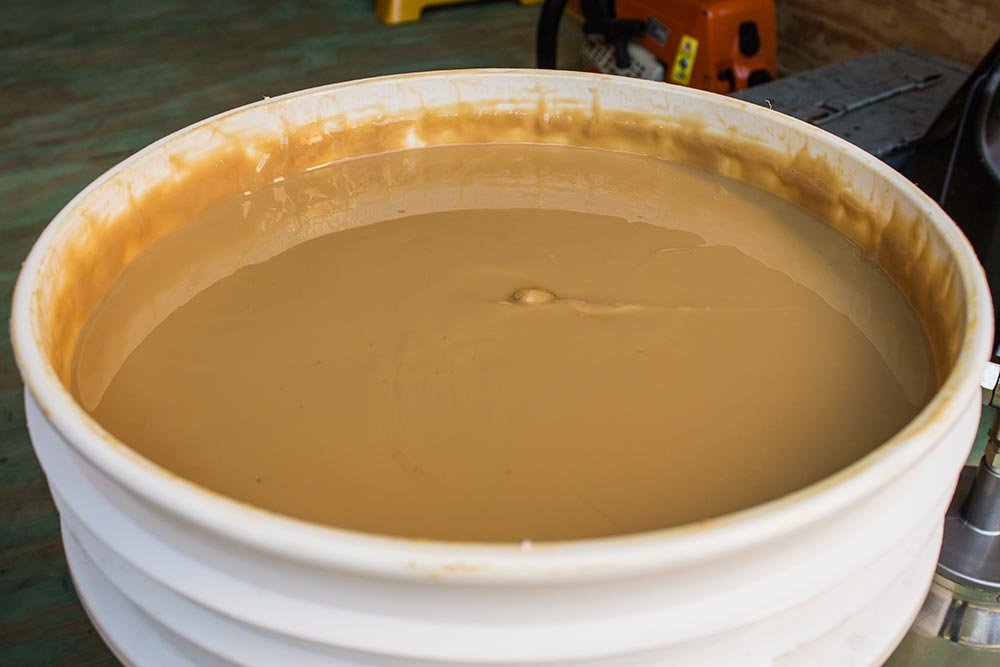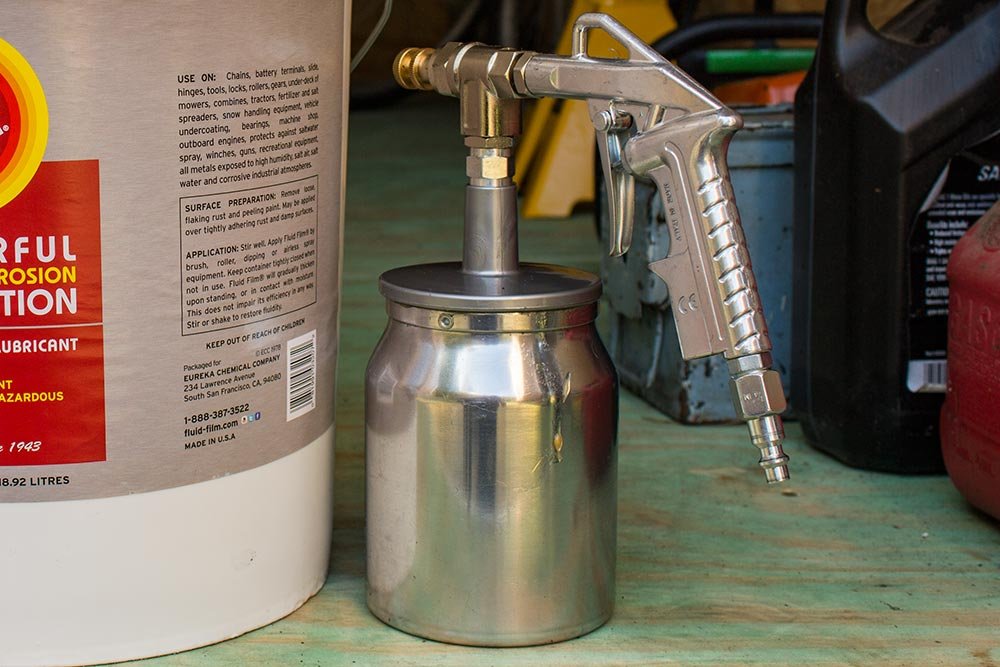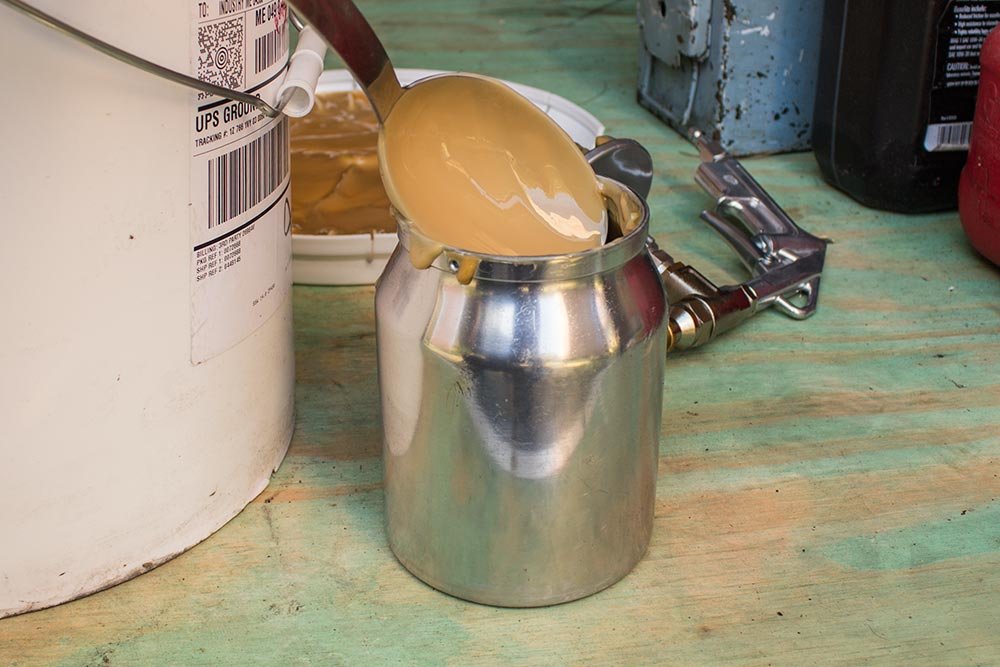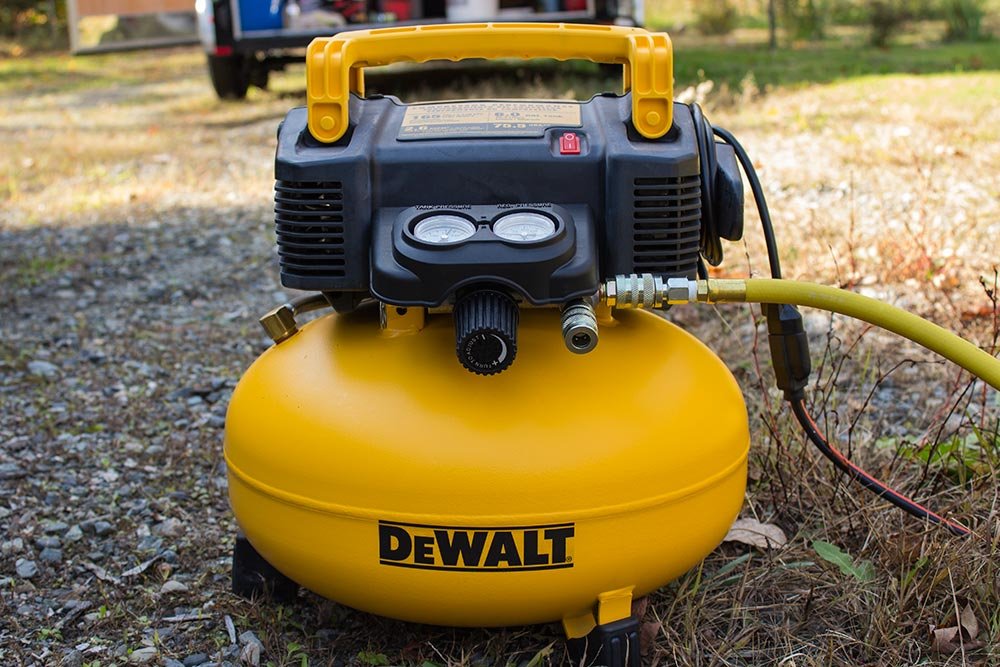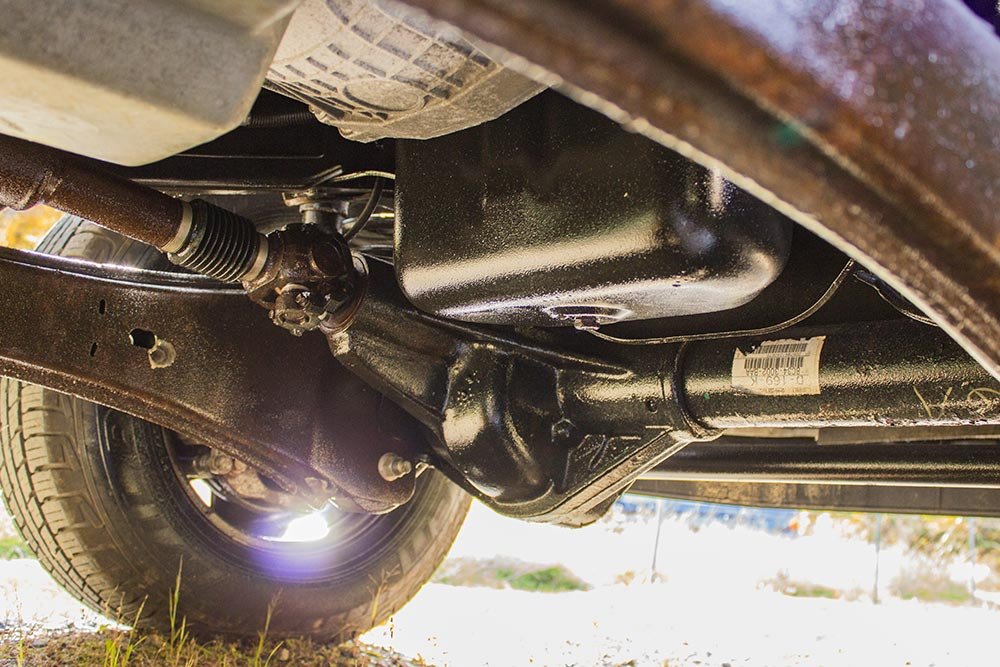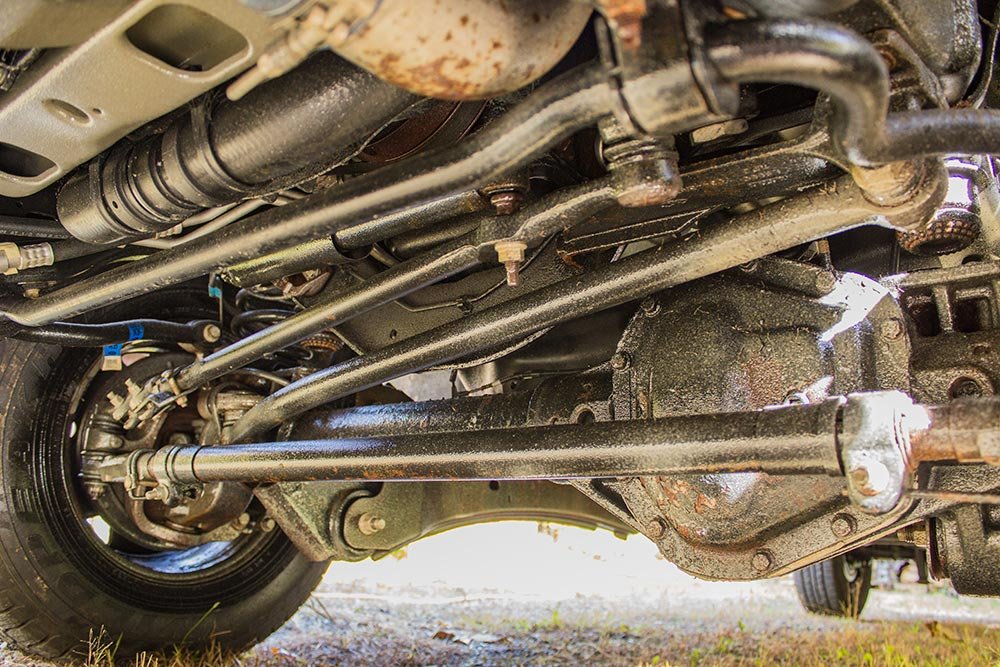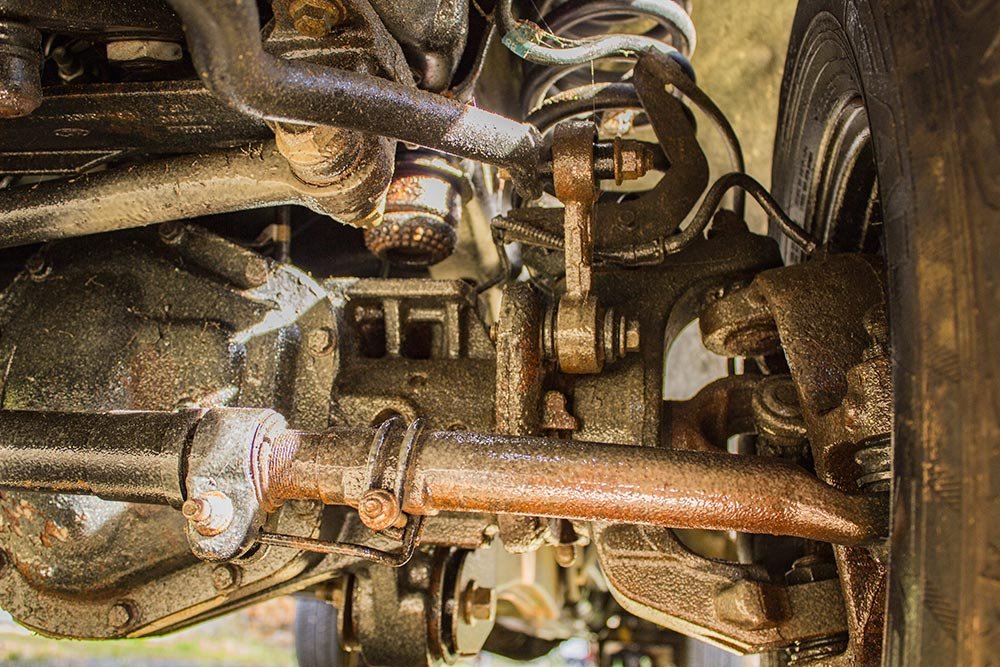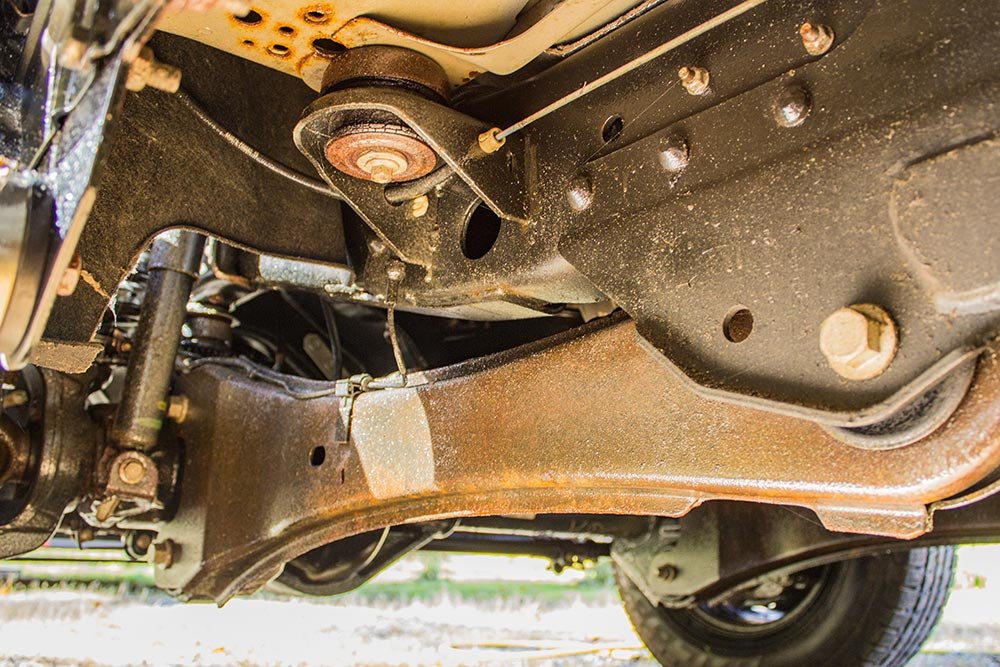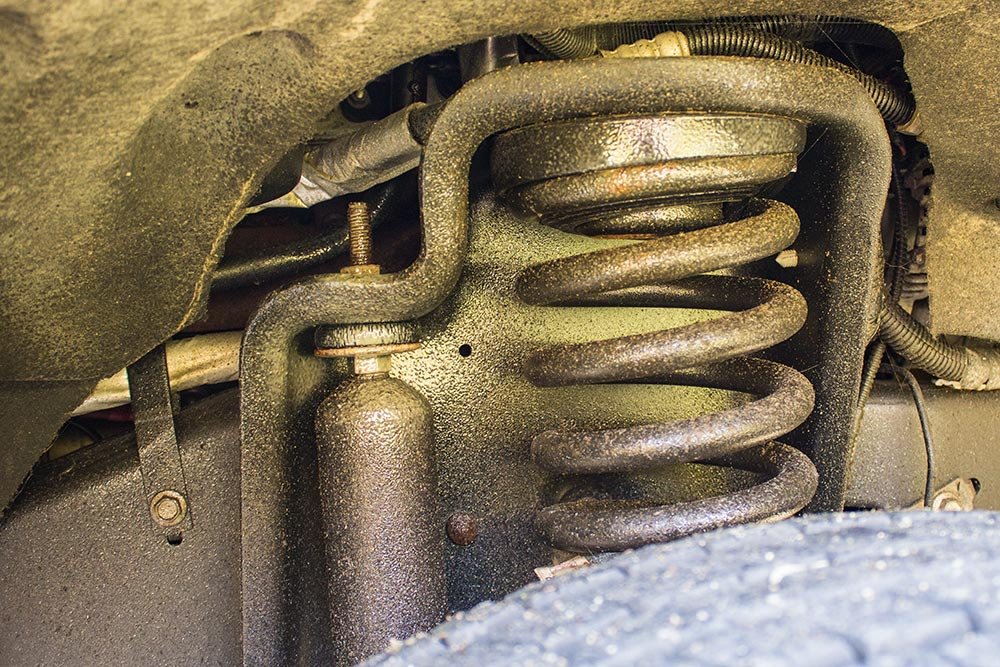KodyWallice
Member
- Joined
- May 7, 2021
- Messages
- 123
- Reaction Score
- 1
- Points
- 23
- #1
I’m not sure if this is specifically a Maine issue or not, but I am sure that now that I’m here, I’ve got to start dealing with rust. Rust on the truck, rust on the trailer, rust on the tools and everything else rust ruins. And I’ll tell you that it’s an annoying something to deal with because rust goes on behind your back. And it’s quiet.
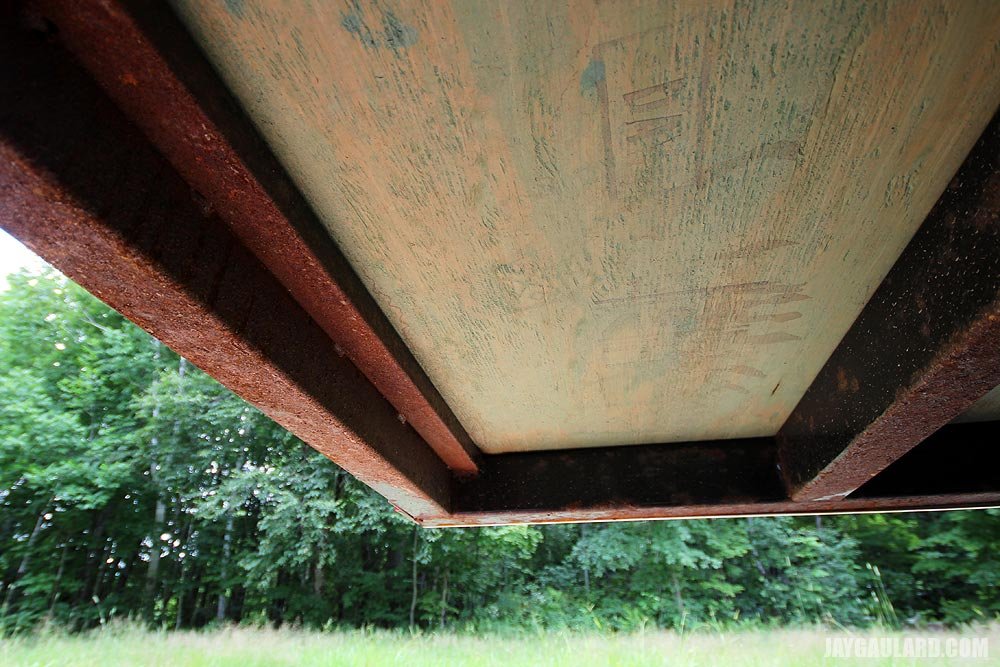
It’s only about 10 months old. I made one trip with my Arising Industries trailer. All I did was drive from Florida to Maine. We hit snow in New Hampshire, but I’m fairly confident that the state or town didn’t treat the roads with salt or the equivalent. Nothing contributed to the frame of the trailer rusting besides the fact that the paint job was not up to snuff and that the material the frame is made of is steel.
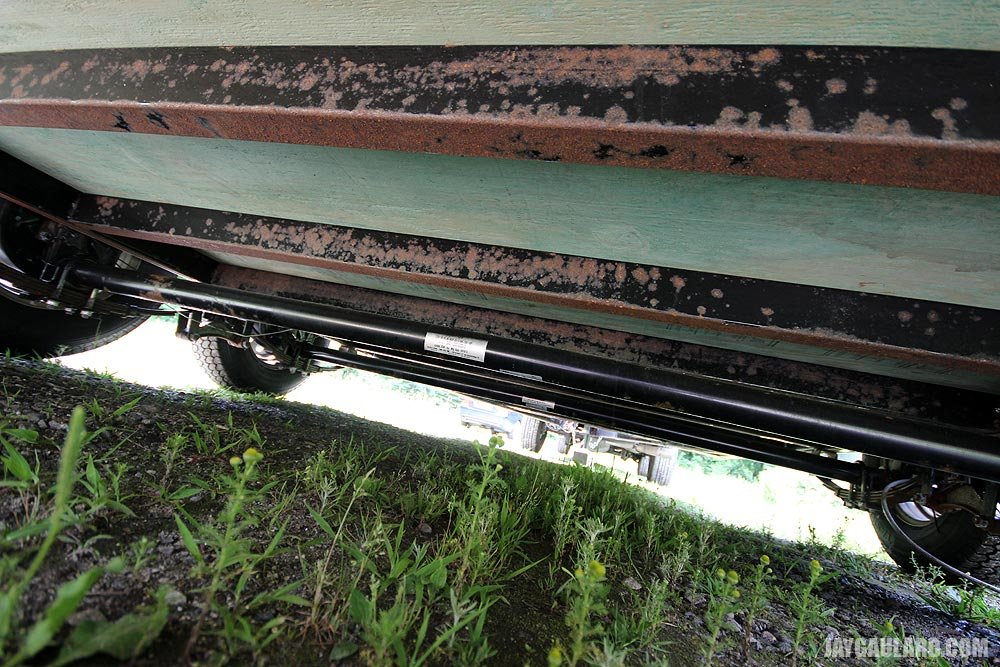
Looking back, I ask myself if I should have gotten an aluminum trailer. Then, I remember that aluminum would have cost me twice as much. There is a company out there (ATC) that I was pretty much sweating over while I was in the market to buy. They make awesome trailers, but they’re expensive. I suppose you have to make the choice while purchasing – are you going to own the thing for the rest of your life? Do you have that kind of money? If you aren’t and if you don’t, you buy steel. Especially when it’s enclosed. Snowmobile trailers are a different story. Buy aluminum. They are a much simpler beast. But even with aluminum snowmobile trailers, and other aluminum trailers for that matter, you have to concern yourself with the steel axle rusting away. Don’t forget about that. As you have your trailer in storage over the Summer, the moisture from the ground is eating away at the axle and hubs. Ugg.
Before Winter rolled around, I took a look under the trailer. I was surprised to find rust. Considering the trailer was brand new, I was taken aback a bit. I remembered the whole steel thing – blah, blah, blah. So over the Winter, I thought about the best way to tackle what I knew wasn’t going to fix itself or stop on its own. I initially thought about undercoating the trailer (and the truck which, of course, has the same rust issue) with rubberized undercoating. I couldn’t shake the horrible recurring nightmare of going outside to check on the underbelly of the truck or trailer one morning to see undercoating flaking off, with rust growing underneath. And once you’ve got that rubber on there, it would be a pain of monumental proportions to remove it and undercoat with something else. So, unless your vehicle or trailer is brand new, you can’t undercoat with rubber.
I found a pretty nice product after searching exhaustively online. Many, many sources pointed to a rust preventative derived from lanolin, otherwise known as wool wax. The product is called, Fluid Film and it sprays on metal like an oil. The spray never dries and should be reapplied every year or so, depending on how much the item you are spraying is used. If you drive a plow and salt truck, undercoat once a year. It you put about 10 miles a year on your truck and trailer like I do, undercoat once and call it done. Forever.
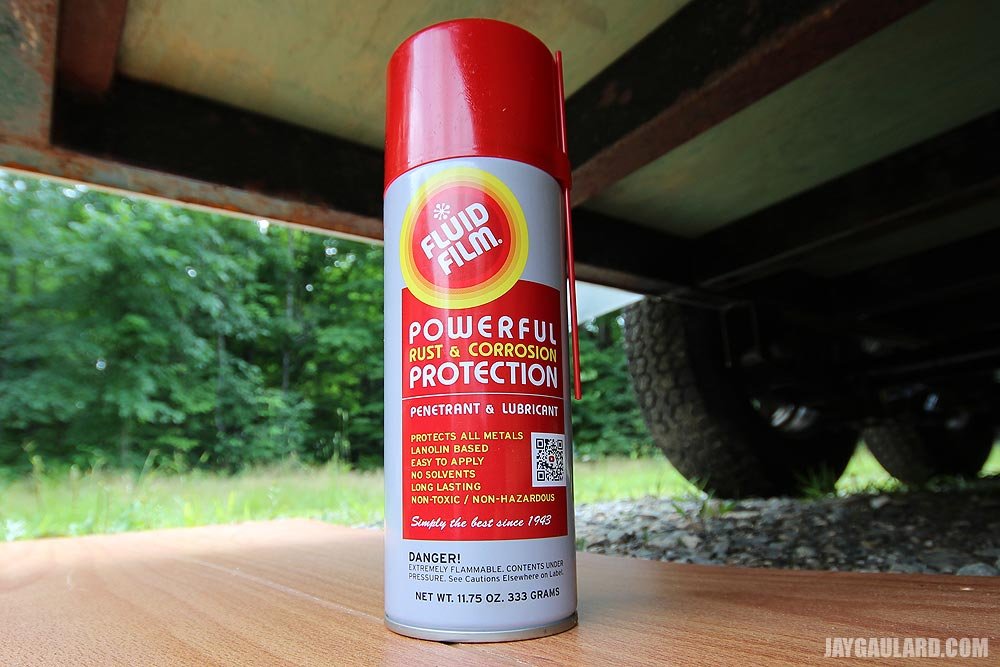
Check out this video. You’ll see what I’m taking about.
Fluid Film Car Applications
Yesterday, I decided to begin this project in earnest. I had already received three test cans of Fluid Film from Amazon and had to pull the trailer around, from the back year to the driveway. I really wasn’t interested in crawling under the trailer in that tall grass. Or grass of any height for that matter. There are bugs out there – lots of them.
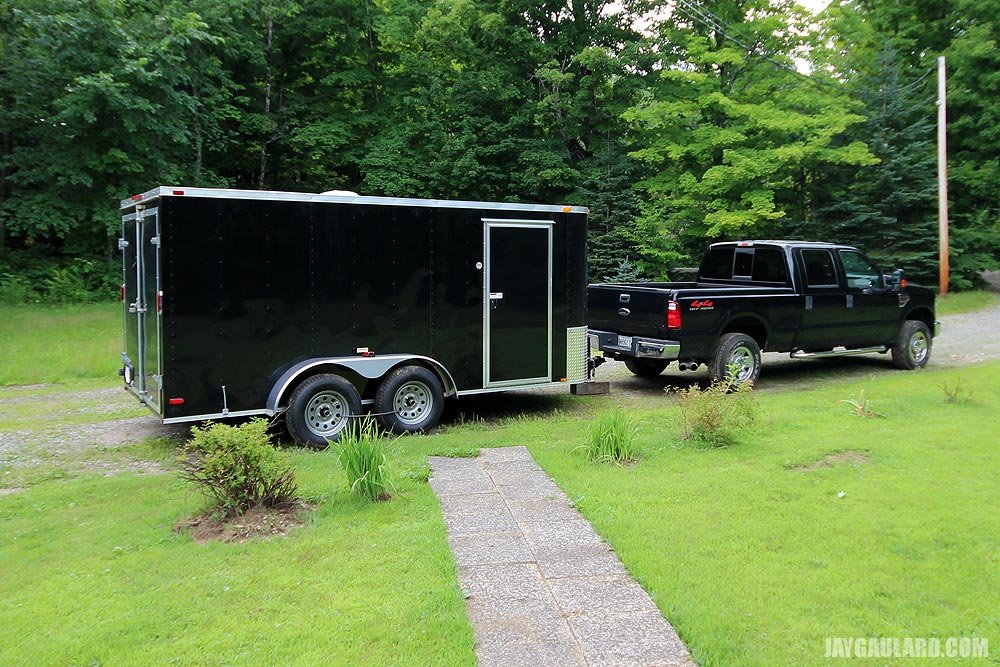
After I was finished parking things in their new homes, I found some rusty areas on both the truck and trailer and sprayed them a bit. I wanted to see what this lanolin based rust preventative looked like.
First, I sprayed the hitch receiver of the truck. Those are notorious for rusting.
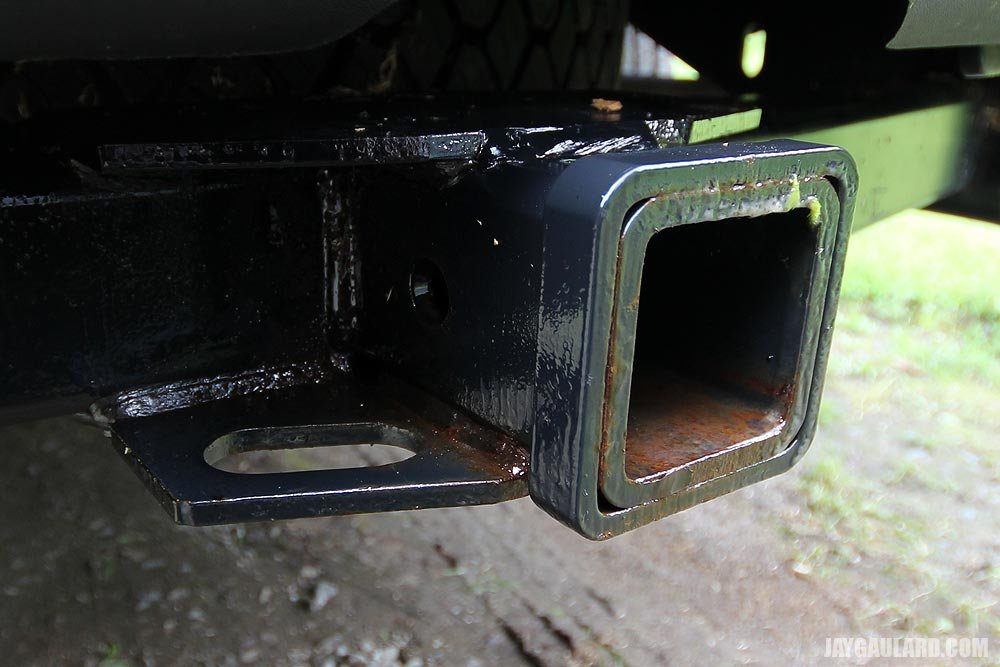
I’m trying to think back to how I handled this in the past. I think I either gave my hitches and receivers a coating of grease or I sprayed WD-40 on them. Grease wasn’t so hot. The WD-40 worked for a while.
As I was hooking the trailer up to the truck, I noticed that the trailer hitch was looking pretty bad. The guts of the thing were rusted up, so I coated everything with Fluid Film. I know this picture is dark – you’ll have to use your imagination.
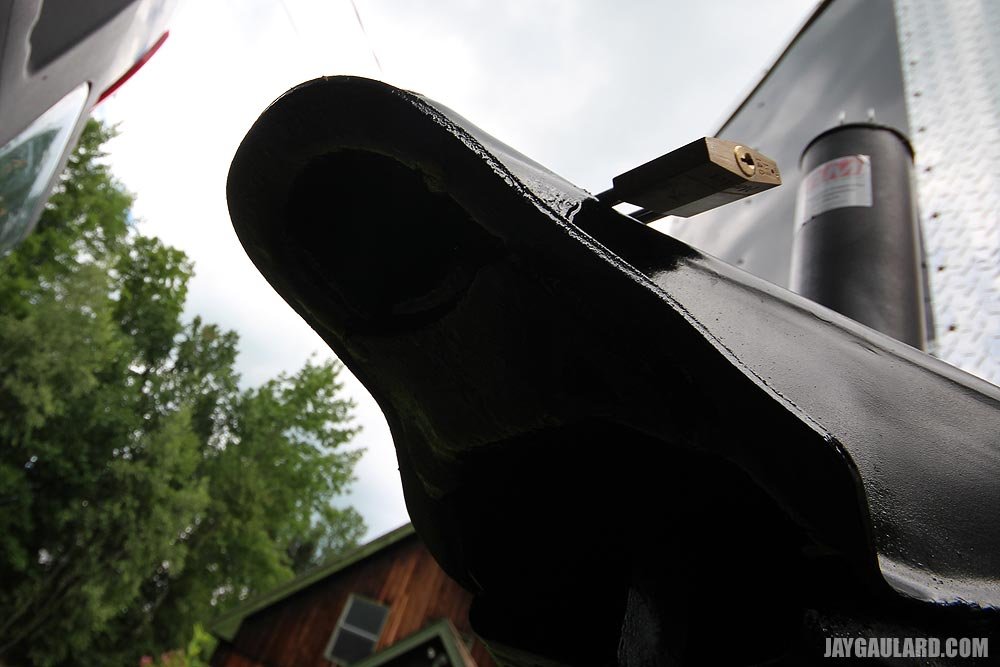
After that, I wanted to see how the treatment looked on the trailer suspension. It’s areas like this, and especially areas like leaf springs on trucks, that can’t be rust proofed by anything other than a product like this.
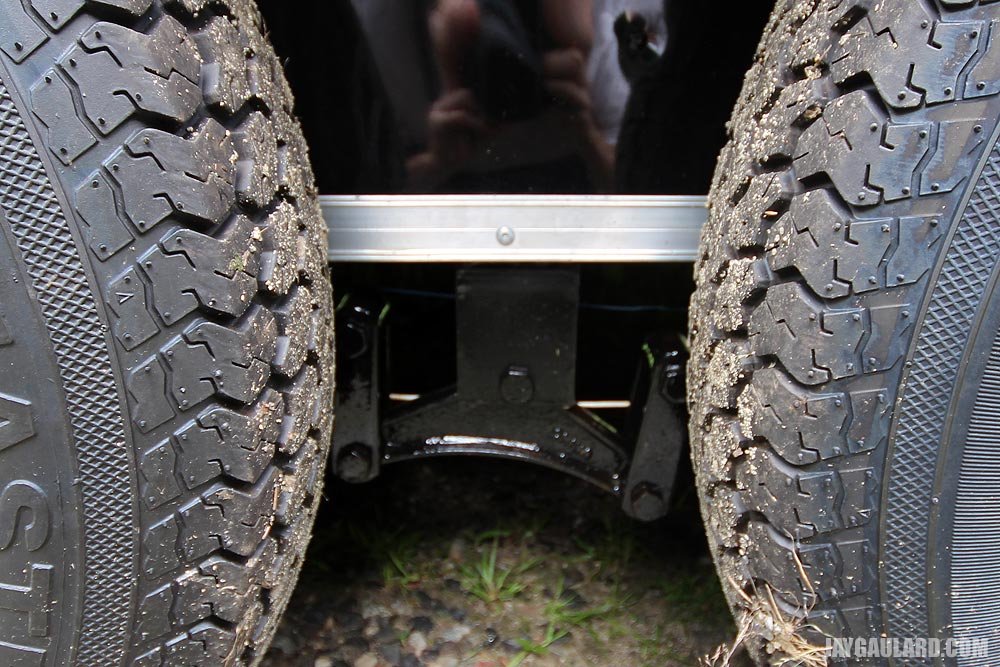
And lastly, I sprayed some areas of the truck’s front end. Try rust proofing this area with rubberized undercoating. Yeah right. You can see where I sprayed because the areas look wet.
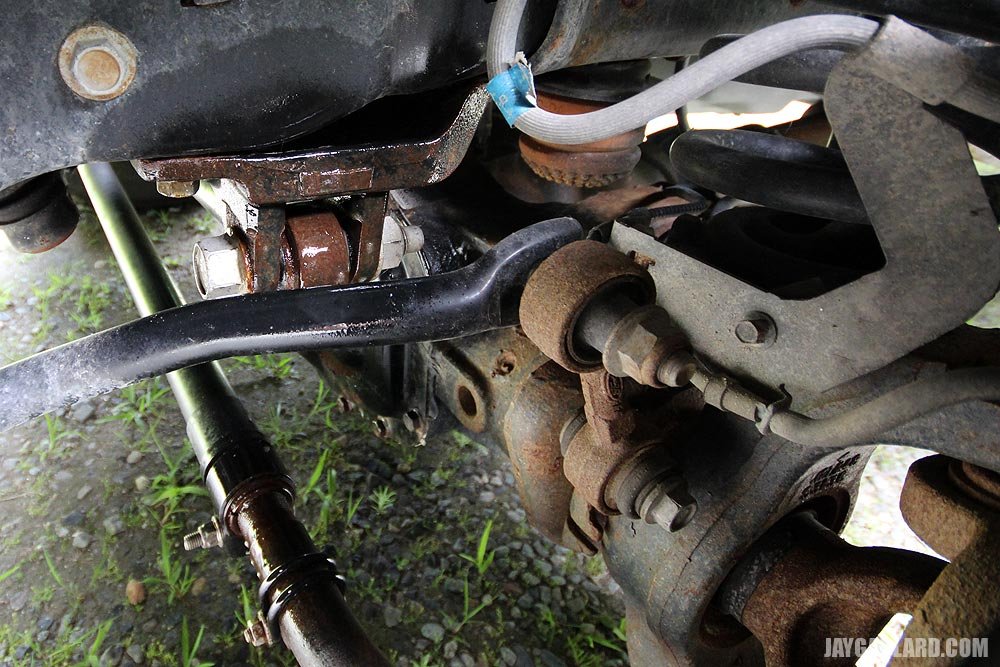
This afternoon, I grabbed a spare piece of paneling and placed it on the ground under the trailer. I thought I should treat a few steel beams in the rear of the trailer, just to see how it goes. But before I did that, I took some photos. I knew I was going to be writing this post.
Here are two pictures of what the frame looked like before I coated it:
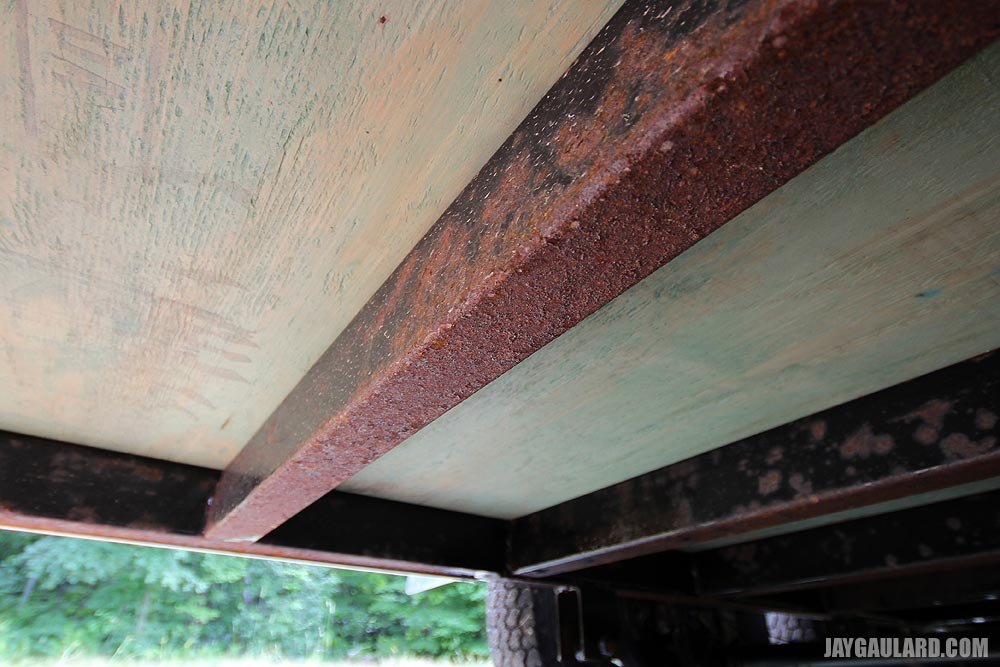
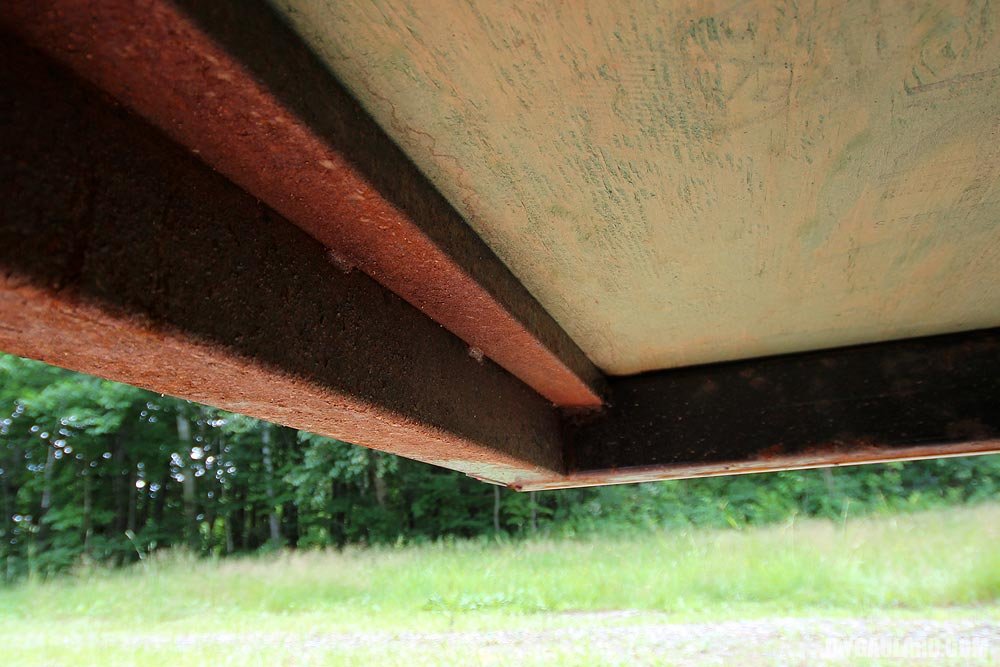
And here’s what those areas look like after I treated them. I only did two beams.
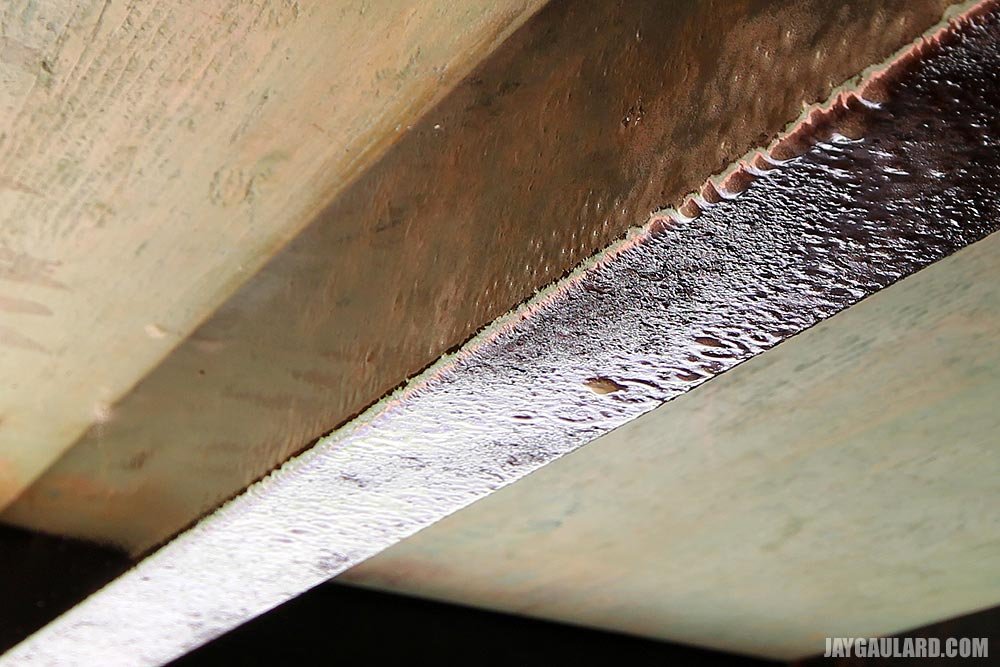
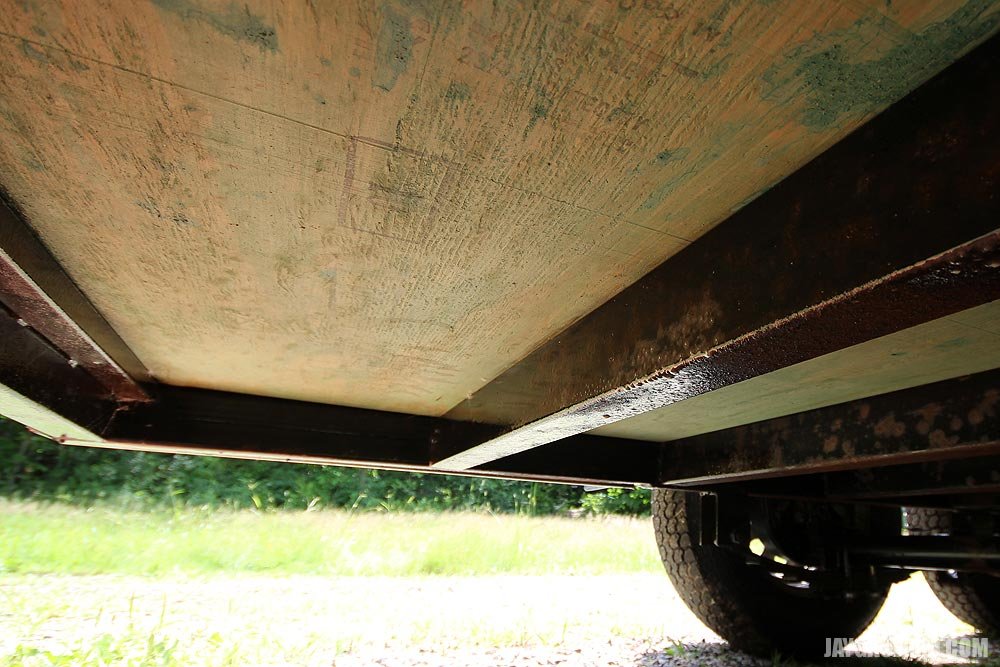
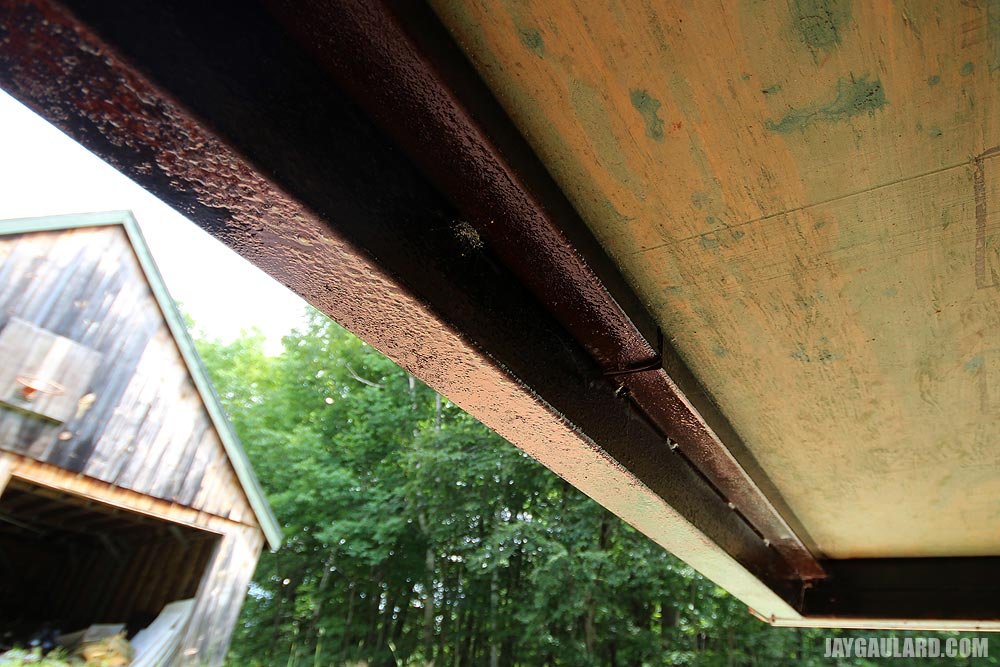
I think it looks pretty decent. It goes on clear and stays wet looking. I think it’ll be perfect for my purposes, which is to drive the truck only when necessary and really never use the trailer.
Fluid Film comes in spray cans, small cans with a brush applicator as well as gallon and 5-gallon buckets. Now that I know how this applies and feels, I am going to purchase a gallon container. I think the gallon costs around $60. After that, I can choose to brush it on or spray it on with any paint sprayer. I can even use a house paint sprayer.
Also, I wanted to quickly mention what someone can do if they are concerned with the insides of their frame rusting, which surely does happen. Fluid Film offers a rigid tube and flexible hose that you can attach to a spray can that snakes down the inside of the tubular frame. The spray comes out in all directions at the end of the hose. Some drilling may be required, but this is the real deal. Instead of having the inside of your frame or doors rust out, treat them. Take a look at this video. This technician shows you exactly how to do that.
Fluid Film Undercoating by Jeff’s Undercoating

It’s only about 10 months old. I made one trip with my Arising Industries trailer. All I did was drive from Florida to Maine. We hit snow in New Hampshire, but I’m fairly confident that the state or town didn’t treat the roads with salt or the equivalent. Nothing contributed to the frame of the trailer rusting besides the fact that the paint job was not up to snuff and that the material the frame is made of is steel.

Looking back, I ask myself if I should have gotten an aluminum trailer. Then, I remember that aluminum would have cost me twice as much. There is a company out there (ATC) that I was pretty much sweating over while I was in the market to buy. They make awesome trailers, but they’re expensive. I suppose you have to make the choice while purchasing – are you going to own the thing for the rest of your life? Do you have that kind of money? If you aren’t and if you don’t, you buy steel. Especially when it’s enclosed. Snowmobile trailers are a different story. Buy aluminum. They are a much simpler beast. But even with aluminum snowmobile trailers, and other aluminum trailers for that matter, you have to concern yourself with the steel axle rusting away. Don’t forget about that. As you have your trailer in storage over the Summer, the moisture from the ground is eating away at the axle and hubs. Ugg.
Before Winter rolled around, I took a look under the trailer. I was surprised to find rust. Considering the trailer was brand new, I was taken aback a bit. I remembered the whole steel thing – blah, blah, blah. So over the Winter, I thought about the best way to tackle what I knew wasn’t going to fix itself or stop on its own. I initially thought about undercoating the trailer (and the truck which, of course, has the same rust issue) with rubberized undercoating. I couldn’t shake the horrible recurring nightmare of going outside to check on the underbelly of the truck or trailer one morning to see undercoating flaking off, with rust growing underneath. And once you’ve got that rubber on there, it would be a pain of monumental proportions to remove it and undercoat with something else. So, unless your vehicle or trailer is brand new, you can’t undercoat with rubber.
I found a pretty nice product after searching exhaustively online. Many, many sources pointed to a rust preventative derived from lanolin, otherwise known as wool wax. The product is called, Fluid Film and it sprays on metal like an oil. The spray never dries and should be reapplied every year or so, depending on how much the item you are spraying is used. If you drive a plow and salt truck, undercoat once a year. It you put about 10 miles a year on your truck and trailer like I do, undercoat once and call it done. Forever.

Check out this video. You’ll see what I’m taking about.
Fluid Film Car Applications
Yesterday, I decided to begin this project in earnest. I had already received three test cans of Fluid Film from Amazon and had to pull the trailer around, from the back year to the driveway. I really wasn’t interested in crawling under the trailer in that tall grass. Or grass of any height for that matter. There are bugs out there – lots of them.

After I was finished parking things in their new homes, I found some rusty areas on both the truck and trailer and sprayed them a bit. I wanted to see what this lanolin based rust preventative looked like.
First, I sprayed the hitch receiver of the truck. Those are notorious for rusting.

I’m trying to think back to how I handled this in the past. I think I either gave my hitches and receivers a coating of grease or I sprayed WD-40 on them. Grease wasn’t so hot. The WD-40 worked for a while.
As I was hooking the trailer up to the truck, I noticed that the trailer hitch was looking pretty bad. The guts of the thing were rusted up, so I coated everything with Fluid Film. I know this picture is dark – you’ll have to use your imagination.

After that, I wanted to see how the treatment looked on the trailer suspension. It’s areas like this, and especially areas like leaf springs on trucks, that can’t be rust proofed by anything other than a product like this.

And lastly, I sprayed some areas of the truck’s front end. Try rust proofing this area with rubberized undercoating. Yeah right. You can see where I sprayed because the areas look wet.

This afternoon, I grabbed a spare piece of paneling and placed it on the ground under the trailer. I thought I should treat a few steel beams in the rear of the trailer, just to see how it goes. But before I did that, I took some photos. I knew I was going to be writing this post.
Here are two pictures of what the frame looked like before I coated it:


And here’s what those areas look like after I treated them. I only did two beams.



I think it looks pretty decent. It goes on clear and stays wet looking. I think it’ll be perfect for my purposes, which is to drive the truck only when necessary and really never use the trailer.
Fluid Film comes in spray cans, small cans with a brush applicator as well as gallon and 5-gallon buckets. Now that I know how this applies and feels, I am going to purchase a gallon container. I think the gallon costs around $60. After that, I can choose to brush it on or spray it on with any paint sprayer. I can even use a house paint sprayer.
Also, I wanted to quickly mention what someone can do if they are concerned with the insides of their frame rusting, which surely does happen. Fluid Film offers a rigid tube and flexible hose that you can attach to a spray can that snakes down the inside of the tubular frame. The spray comes out in all directions at the end of the hose. Some drilling may be required, but this is the real deal. Instead of having the inside of your frame or doors rust out, treat them. Take a look at this video. This technician shows you exactly how to do that.
Fluid Film Undercoating by Jeff’s Undercoating

